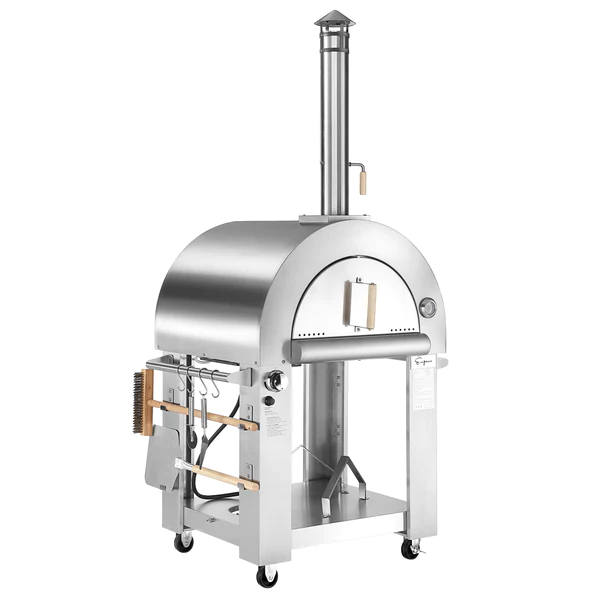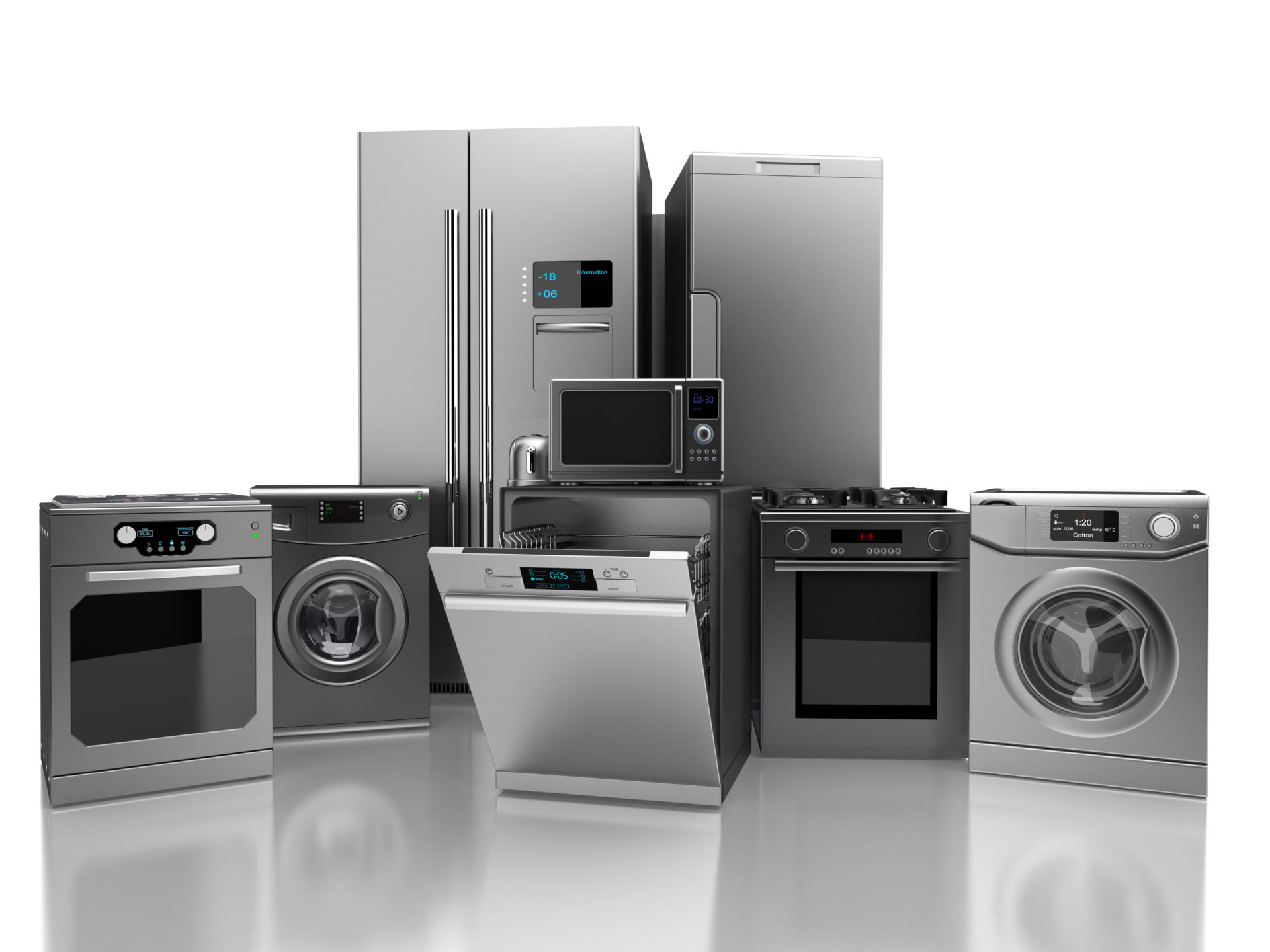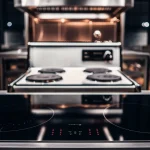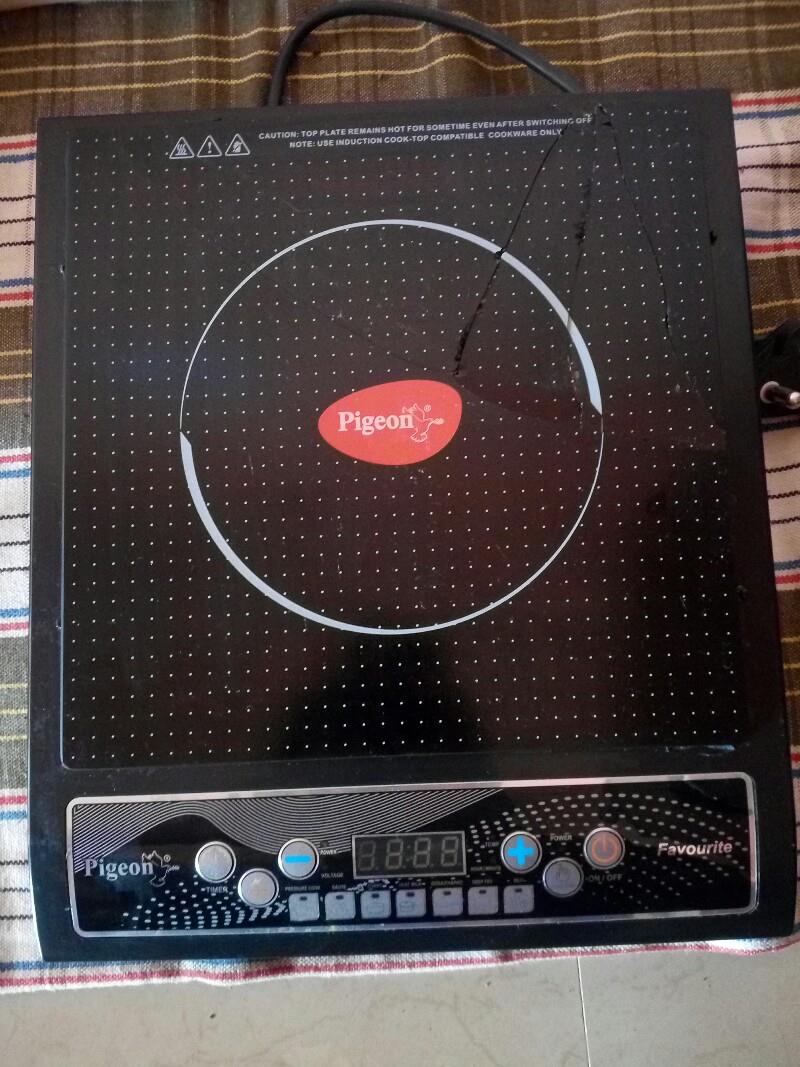Maintaining Your Outdoor Pizza Oven: Gas vs. Wood-Burning
When it comes to creating the perfect pizza in your outdoor oasis, the choice between gas and wood-burning pizza ovens is just the beginning. Beyond the initial selection, understanding the maintenance requirements for these outdoor culinary marvels is crucial in ensuring they serve you well for years to come. In this article, we will talk about the maintenance needs of gas and wood-burning outdoor pizza ovens, shedding light on keeping them in tip-top shape.

Content
Gas Pizza Ovens: Low Maintenance, High Performance
Gas pizza ovens are renowned for their convenience and ease of use. They require minimal maintenance compared to their wood-burning counterparts. Here are the key maintenance points to consider when it comes to gas pizza ovens:
- Regular Cleaning: While gas pizza ovens are low maintenance, they still require regular cleaning. After each use, remove any food residue and grease that may have accumulated on the cooking surface. This preserves the oven’s performance and prevents the buildup of unsightly grime.
- Check for Leaks and Damage: Inspect the burners and gas lines for any signs of leaks or damage. Even though gas ovens are generally safe, it’s essential to be vigilant and address any issues promptly to avoid potential hazards.
Wood Fired Pizza Ovens: A Labor of Love
Wood-fired pizza ovens offer a unique cooking experience and impart a distinct flavor to your pizzas. However, they require more meticulous maintenance to keep them operating at their best. Here are the maintenance requirements for wood-burning outdoor pizza ovens:
- Clean After Each Use: Unlike gas ovens, wood-fired ovens demand cleaning after each use. Remove ash and debris from the oven’s interior to prevent them from affecting the flavor of future pizzas.
- Chimney Cleaning: Periodically, it’s crucial to clean the chimney to prevent the buildup of creosote, a flammable substance that can lead to chimney fires. Use a chimney brush to sweep away any deposits.
- Sweep the Oven Floor: Before each use, sweep the oven floor to remove any residual ash or debris. This ensures a clean and even cooking surface for your pizzas, ensuring that your outdoor pizza oven stand outdoor remains a reliable and enjoyable addition to your outdoor space.
- Cover When Not in Use: Wood-fired pizza ovens should be covered when not in use to protect them from the elements. This prevents moisture from seeping into the oven, which can lead to cracks and other damage.
- Inspect for Cracks or Damage: Regularly inspect the oven’s dome and floor for any cracks or damage. Catching and repairing these issues early can prevent them from worsening over time.
In summary, gas pizza ovens are the lower-maintenance option between the two, making them a practical choice for those seeking hassle-free outdoor kitchen appliances. They require regular cleaning and occasional checks for leaks and damage. On the other hand, wood-fired pizza ovens demand more frequent cleaning and care, including chimney cleaning and covering when not in use, to keep them in top-notch condition.
Ultimately, the choice between gas and wood-burning pizza ovens boils down to your personal preferences and the level of involvement you want in the maintenance p

My name is Dana Benally. I post about home improvement ideas and how to make your home look beautiful and liveable. I hope my posts will help you with your DIY projects!







